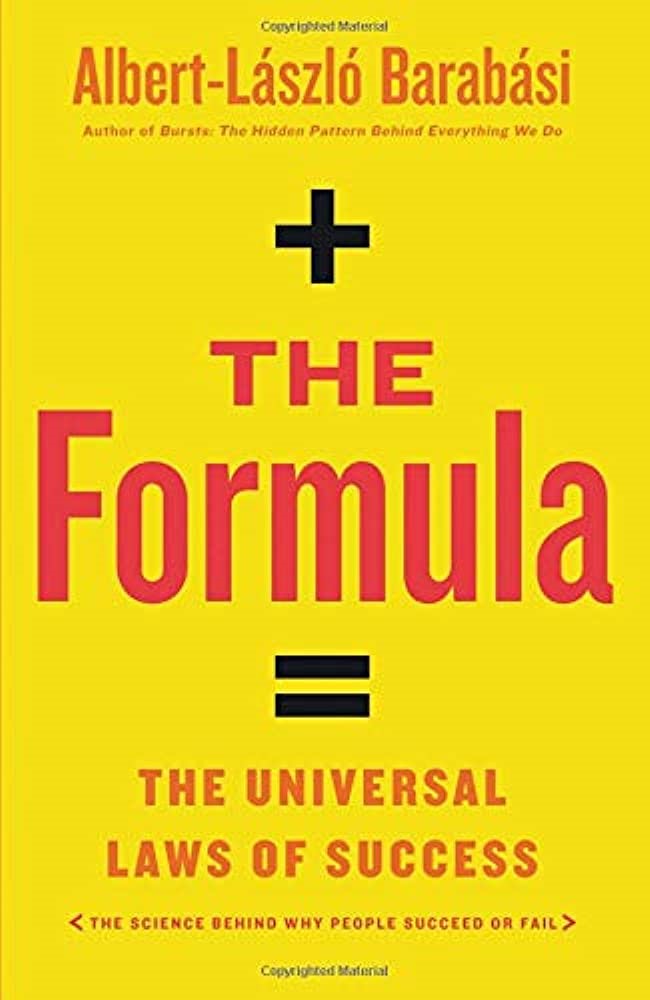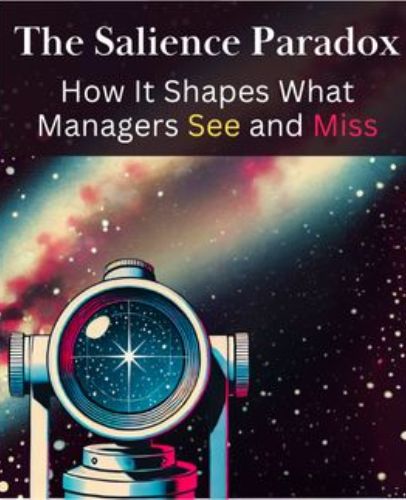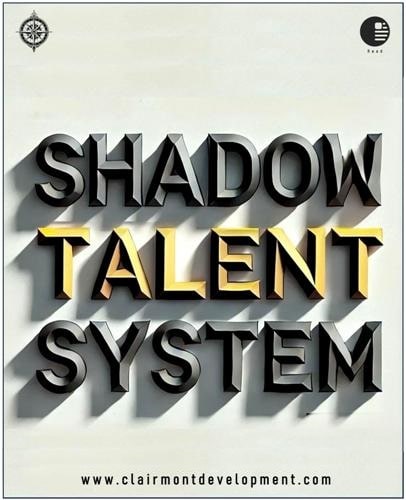On a recent flight, I caught an interesting documentary: the Science of Success, a fantastic look at how we can predict the likelihood of success.
I picked up a book from a professor highlighted in the film: ’The Formula = The Universal Laws of Success’’. In Albert-Laszlo Barabasi’s book, he looks at what factors contribute to success (spoiler alert… it’s not all about performance).
The book starts with a key question: How do success and performance relate to each other?
To answer this question, he looks at a wide range of domains to see if there is a scientific approach to predicting success.
He spends time in both sports (where there are clear winners) and the world of art (where performance is subjective). While these two domains represent the extremes at both ends of the spectrum, Albert acknowledges that most professions fall somewhere in between.
The book contains interesting and captivating stories about what drives success when the performance difference is unclear. He covers a wide variety of examples, from wine-tasting competitions where judges consistently rated the same wine only 18 percent of the time (which made me feel better about my unrefined palate when it comes to wines!) to the Queen Elizabeth International Music Competition where the position in scheduling impacted the perception of competitor’s performance, what impacts the number of citation of academic articles, how other competitors and many others impact performance in golf tournaments.
Albert’s universal laws of success
First: Performance drives success, but when performance can’t be measured, networks drive success
Out of the five, this is the one that is easiest to comprehend. In essence, there will always be standards by which success is judged. If the criteria is quantitative, we can certainly look at the results and declare the victor based on the fact that he received the most points. If this criterion is difficult to define, the only thing left to consider is a candidate’s network or, to put it in another way, whether they have the contacts and acquaintances necessary to have their work recognized and promoted.
Read more about Organizational Network
Second: Performance is bounded, but success is unbounded
The concept of performance being constrained states that, even for top performers, there is a top limit to what humans are capable of. Tiger Woods, who is frequently discussed in the book, serves as the best illustration of the second half of the law. He had been the best player throughout his career when he was at the top of his game, but there were also periods when he was only one of the best players out there. If we were to randomly stop someone on the street and ask who the most well-known golfer is, everyone would probably respond with Tiger Woods, unless they are well-versed in the sport. Unbounded success is currently being demonstrated there.
The book also discussed how Tiger Woods’ performance could overshadow those of the other top players, causing them to play better when he is doing well and worse when he is doing poorly, although I believe this was one of the side topics the book wandered off on.
Third: Previous success x fitness = future success
This is exactly what prior success is about if you’ve ever noticed how a line will occasionally form in front of a stall out of nowhere. Preferential attachment, which is the correct term for this occurrence, is essentially a process that allows humans to form snap decisions. We continually get information, but because our brains are limited in their capacity, we don’t investigate everything ourselves. Instead, we rely on crowd wisdom, or other people’s knowledge, to help us make decisions instead of taxing our brains beyond their capacity.
This is how it actually operates, whether it is a positive or negative thing. We may readily harness this force by “kicking off” our attempts. Offering something for free in return for a few initial positive reviews may just be worthwhile for store owners. Find a partner who has already experienced some success as a different strategy. This collaboration will also be given their blessing and take off more quickly because his or her “fan base” already knows that he or she can produce amazing things to their taste.
Fourth: While team success requires diversity and balance, a single individual will receive credit for the group’s achievements
This law is quite simple to understand. Literally, that is what it implies. This law explains why the USA Olympic basketball team might not be the best, despite the NBA being the best basketball league in the world. A team that has too many stars simply fails because of their conflicts.
From this law, we could learn more about how credit is distributed. We should position ourselves so that the credit will be more likely to be given to us if we already know that all the credit will be given to one person in a group situation and if we want to obtain that credit. “Finding a niche” is how I would describe the approach discussed in the book. Finding a famous group of individuals and accomplishing something with them to get their fame is OK, but if one keeps doing this, one will undoubtedly be eclipsed by this group. To stand out for this and receive recognition in the future for group situations, one must locate a divergence or a niche and keep working on it.
Fifth: With persistence, success can come at any time
Focusing on what we are doing will help us to believe that success will eventually come to us. To put it simply, the Q-factor can be considered aptitude. According to the author, we all have distinct strengths and limitations, with the former having a higher Q-factor. Even if we complement a high Q-factor with a little accomplishment, it will still be a significant success. On the other hand, if the Q-factor is low, the outcome will not be outstanding, no matter how great the achievement is.
Although I concur with the author that we all have inherent strengths and weaknesses, I don’t believe these traits are fixed. I believe that anyone can alter anything given enough time. However, I agree that we should put a little more effort into playing to our strengths since that is the simpler course of action. Working consistently in an industry with a high Q-factor will greatly improve your chances of success. Simple statistics apply.
Learn about building Career Capital in this article
Conclusion
I found applications of this book in a few different ways. Anyone on a personal level who is curious about what factors can lead to success in the workplace. Knowing where to focus your efforts can sometimes be hard as an employee. Albert-Laszlo’s formula of success gives insight into how the more abstract parts of our jobs contribute to our success.
It can also be interesting for those working in talent management as it provides good insights on addressing the challenges of assessing performance in the workplace where there is no clear scoreboard.
Clairmont Development
Clairmont is a L&D training and consulting firm based in Dubai, UAE. At Clairmont we seek to understand the desired results based on organizational and personal perspective to draft bespoke training solutions and consultation services.The development of our solutions are based on both academic and applied experiences. Each engagement follows a disciplined approach to development, where the goals are discussed, expressed, and a clear methodology to determine success. To learn more about our programs and consulting services visit our offerings page.






